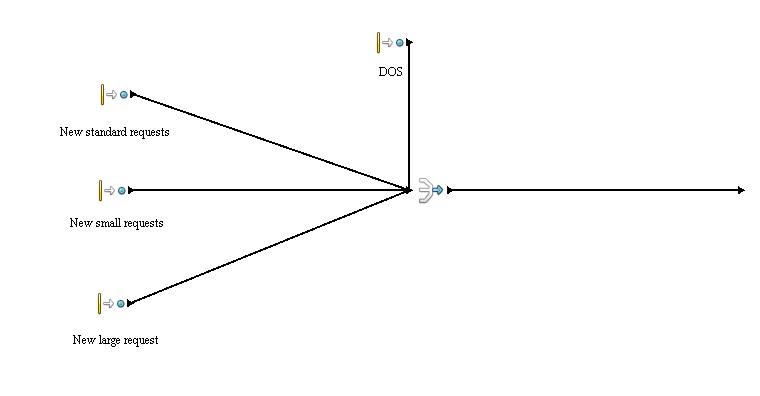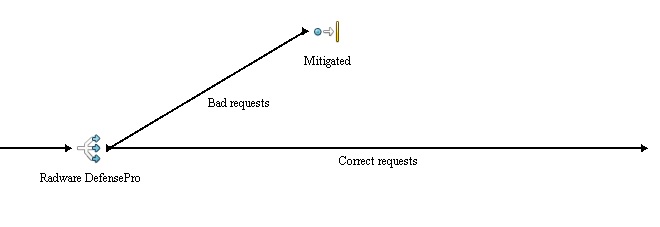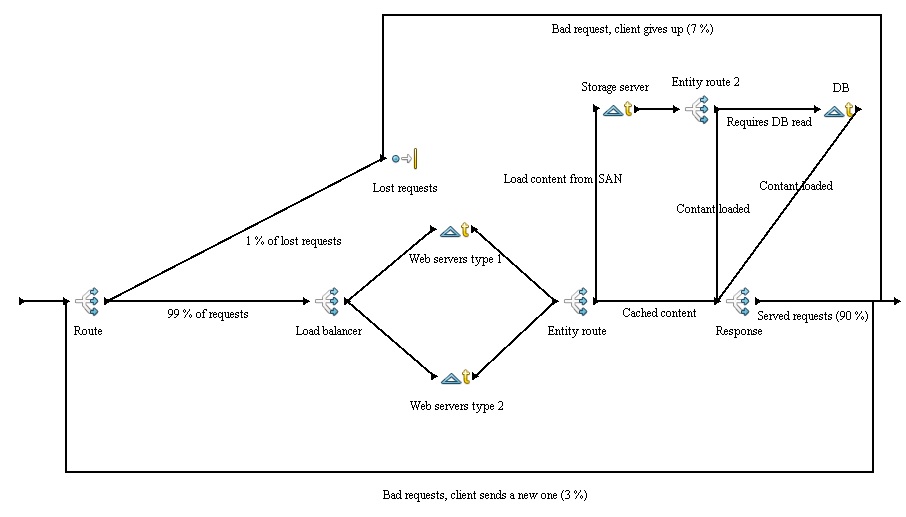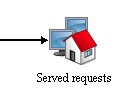Difference between revisions of "Load-balancing"
(→Resources) |
(→Resources) |
||
| Line 66: | Line 66: | ||
''This is only a brief summary of resources used, further information follows in processes section of this page.'' <br/> | ''This is only a brief summary of resources used, further information follows in processes section of this page.'' <br/> | ||
| − | When it comes to resource price, I take only lease into consideration. Of course it is also possible to purchase the given component. | + | When it comes to resource price, I take only lease into consideration. Of course it is also possible to purchase the given component. Cloud computing is also not considered. |
<p>'''Load-balancer'''<br /> | <p>'''Load-balancer'''<br /> | ||
Revision as of 19:09, 17 January 2016
- Project name: Load-balancing
- Class: 4IT496 (WS 2015/2016)
- Author: Bc. Patrik Tomášek
- Model type: Discrete-event simulation
- Software used: SimProcess, trial version
Contents
Problem definition
A hosting company with it's own infrastructure is using so called "load balancing" to distribute the overall load between multiple servers (hardware nodes) and “high-availability” to minimize service down-time.
Load-balancing
In the case of web hosting service it means dividing the incoming request between multiple devices (called nodes) based on a set of rules (priority, weight, etc). The simulation is based on nginx load balancing.
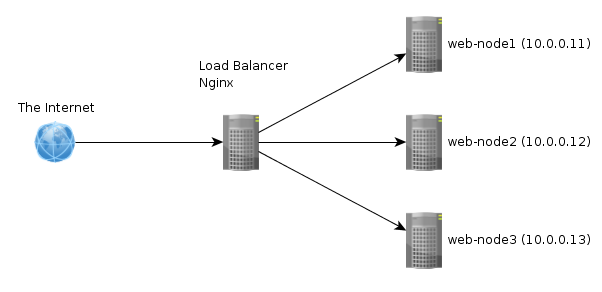
Note: In the picture the load-balacer isn't redundant, therefore HA isn't enabled. The simulation has two load-balances present.
High-avaibility
Ensures that a system or component is operational for desirable time. The solution necessary to provide web hosting consists of many parts, where all of them need to be on-line for the whole to be operational.
To enable HA a provider can use failover and backups. Failover is basically a backup piece of hardware, which ensures that when a component goes off-line another takes it's place. After that it's necessary to load the backup on the component that took over. If there is a SAN (storage area network) implemented than there is no need to load a backup, because failover just uses the same data from one central storage, which is used for all the server nodes. In the simulation a SAN is implemented and failover is taken into consideration.
Anti-DoS/DDoS
Denial-of-service (DoS) attack is an incident is witch the targeted service goes down. Distributed denial-of-service means, that more than one system is used to attack a single target. There are more means of possible protection against such attack. Setting up a decent firewall rules might be a good place to start, but it isn't so effective as implementing a device, which can mitigate the attack. A Radware defencePro device is implemented in the simulation.
Method
SIMPROCESS
Model
The simulation is divided into 4 main processes:
- New requests - generation of new requests, further information in Entities section.
- DoS mitigation - implementation of anti-dos device.
- Load balancing - main process, witch distributes the generated (incoming) request between resources.
- Served request - simple dispose of the generated requests.

Entities
This is a list of all defined and used entities within the simulation.
Requests
The request data are based on real data from an hosting environment, that hosts multiple Magento e-shops (a rather complex system, which uses a lot of hardware).
The incoming request are categorised because Magento uses caching and indexing. It takes less time to server a cached content than un-cached one. Further more there are multiple schedules used to generate the requests. If new data have been added to the e-shop, that they need to be cached first, witch means more large requests.
- Small request
Request of a cached content.
- Standard request
Request of a content on storage server, no need to accesses database.
- Large request
Request of a content on storage server and database.
D-DoS
A large number of requests aiming to cripple the system.
Resources
This is only a brief summary of resources used, further information follows in processes section of this page.
When it comes to resource price, I take only lease into consideration. Of course it is also possible to purchase the given component. Cloud computing is also not considered.
Load-balancer
An important component described earlier on this page.
These devices are quite expensive. In case of lease, the price can be 300 USD monthly for a sufficient component for this simulation requirements.
Web server
There are two types of this resource, each with different capabilities:
Type 1 - a faster server that goes for 150 USD monthly
Type 2 - a slower server that goes for 100 USD monthly
Storage server SAN
In the simulation only SAN is used as a name of this resource.
The price of one SAN depends on the configuration (number of HDDs, etc.). A sufficient SAN can be leased for 220 USD monthly.
Database server
Database server is quite fast, so in the simulation only one is necessary, however to achieve HA even with DB server a second one should be implemented.
The price of one DB server is about 200 USD monthly.
Radware DefensePro
This is an anti-dos component implemented in the simulation.
The cost of this hardware is extreme, therefore partial lease is used.
The price depends on the internet connection of the provider, is this case it goes around 50 USD monthly.
Processes
HTTP requests
